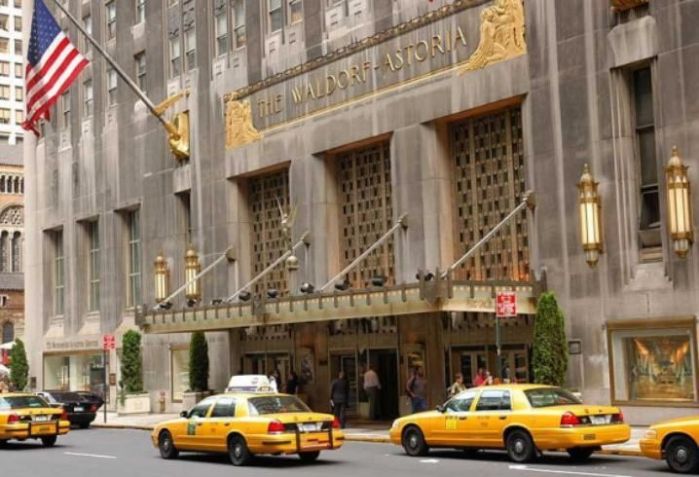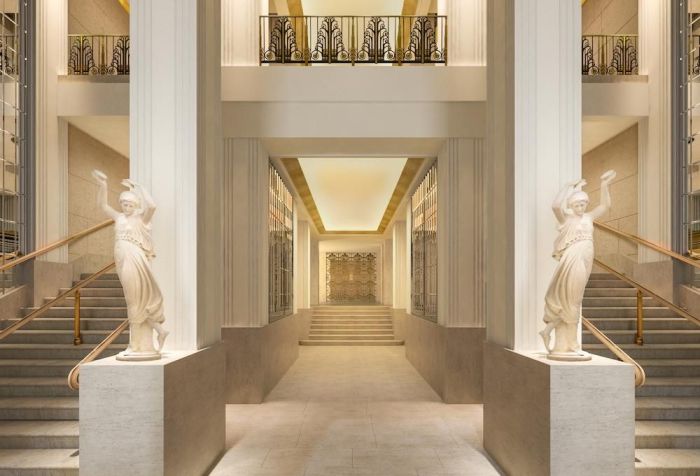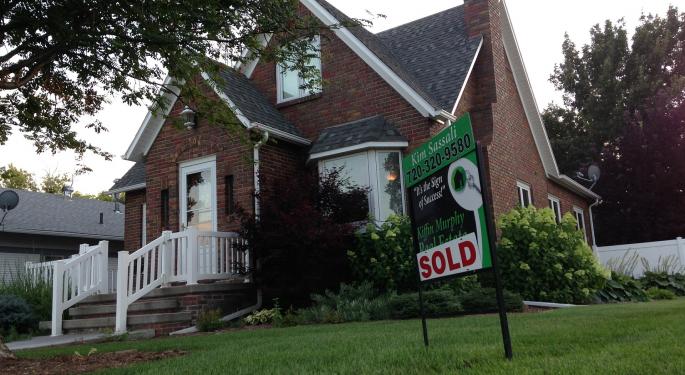Ever since nationally renowned preservationist Dana Crawford saved Denver’s historic Larimer Square from the wrecking ball in the 1960s, adaptive reuse projects have become part of the city’s fabric.
REI is located in a 90K SF building built in 1901 to house the boilers and engines used to generate power for the Denver Tramway Co.
In addition to Denver’s most famous adaptive reuse projects, such as Union Station, The Source, REI and Stanley Marketplace, there are some newer, lesser-known examples. Earlier this month, Westside Investment Partners paid $16.5M for the 70-acre Colorado Heights University Campus at 3001 South Federal Blvd., where it is planning to preserve many of the campus’s historic elements alongside new mixed-use commercial and residential development.
Developer Paul Tamburello transformed the former Olinger Mortuary into a mixed-use project that has restaurants, a gym, shops and a salon. There is also the former Sports Authority headquarters building at 1050 West Hampden Ave. in Englewood that Ogilvie Properties Inc. has transformed into the largest climbing gym in the United States, and the former Gothic-revival Methodist Episcopal church that has been converted into The Sanctuary Lofts.
“Adaptive reuse is a creative way to celebrate a project’s history and give it immediate character,” CBRE Economist and Director of Research and Analysis Matt Vance said. “It ties in well with today’s consumer preferences. We are drawn to unique experiences, and adaptive reuse is a way to make a destination feel one-of-a-kind.”
The old Denver Bookbinding building is now home to three restaurants. But repurposing old buildings is no simple task. Determining what the proper use is for an old building is probably the most difficult piece of the puzzle, Crawford said. And then there is the challenge of financing the projects.
“There are an infinite number of problems that come with old buildings,” said Crawford, who is working on repurposing several historic buildings in Trinidad, about 180 miles south of Denver. “The buildings were beautifully designed in the first place, but there are structural problems we have to take care of. My biggest problem is not having enough money.”
But Crawford said saving historic buildings is worth the effort to maintain a city’s character.
Colorado Westside Investment Partners will preserve many of the historic elements of the former Colorado Heights University Campus.
“Do people want to live in plywood boxes, or do they want to live in a community that is known for excellence?” Crawford said. “I think adaptive reuse projects are important if people want a good quality of life.”
CCIM Institute Chief Economist K.C. Conway predicts that adaptive reuse projects will make up a greater percentage of investment activity than self-storage and other non-core property types by 2023. But, he said, the commercial real estate industry’s understanding of the adaptive reuse property segment isn’t keeping up with its growth, which will ultimately impede investment and development.
“Denver may rival Chicago, Boston and maybe New York in the number and breadth of adaptive reuse projects in the last 10 years,” said Conway, author of the report “Adaptive Reuse: Turning Blight into Bright.”
Preservationist Dana Crawford converted an old flour mill into the Flour Mill Lofts. Adaptive reuse constitutes up to 2% of all commercial real estate space in the United States today, according to the report. That figure is likely to increase twofold over the next five years to up to 4% largely as a result of store and mall closings.
In his report, Conway points to the former Stapleton Airport, which ceased operations in the 1990s and was redeveloped as a residential and retail neighborhood. The old air traffic control tower remained and ultimately was transformed into Punch Bowl Social, a family-friendly entertainment venue.
“It’s a great example of what you can do that doesn’t compete with downtown,” Conway said. “It was very innovative and unique.”




:no_upscale()/cdn.vox-cdn.com/uploads/chorus_image/image/60717179/Screen_Shot_2017-01-23_at_12.04.20_PM.0.0.0.0.png)
:no_upscale()/cdn.vox-cdn.com/uploads/chorus_image/image/60717181/336575_10151196690821259_59212691_o.0.0.0.0.jpg)
:no_upscale()/cdn.vox-cdn.com/uploads/chorus_image/image/60717183/Fishers_Lane_Philly.0.0.0.0.jpeg)
:no_upscale()/cdn.vox-cdn.com/uploads/chorus_image/image/60717185/AIM_2464-307031.0.0.0.0.0.jpg)
:no_upscale()/cdn.vox-cdn.com/uploads/chorus_image/image/60717187/Screen_Shot_2017-01-23_at_12.18.13_PM.0.0.0.0.png)
:no_upscale()/cdn.vox-cdn.com/uploads/chorus_image/image/60717191/Greenbelt_Knoll.0.0.0.0.jpeg)
:no_upscale()/cdn.vox-cdn.com/uploads/chorus_image/image/60717193/philly.0.0.0.jpg)
:no_upscale()/cdn.vox-cdn.com/uploads/chorus_image/image/60717195/25957198070_5cddff77ed_o.0.0.0.0.jpg)
:no_upscale()/cdn.vox-cdn.com/uploads/chorus_image/image/60717197/FDR_Park_2A.0.0.0.0.jpeg)
:no_upscale()/cdn.vox-cdn.com/uploads/chorus_image/image/60717199/Stephen_Girard_Park_Philly.0.0.0.0.jpeg)
:no_upscale()/cdn.vox-cdn.com/uploads/chorus_image/image/60717201/IMG_0533-2.0.0.0.0.jpg)
:no_upscale()/cdn.vox-cdn.com/uploads/chorus_image/image/60717203/362749pv.0.0.0.0.jpg)
:no_upscale()/cdn.vox-cdn.com/uploads/chorus_image/image/60717205/KateDevlin2016_2113_Spruce_MM-2.0.0.0.0.jpg)
:no_upscale()/cdn.vox-cdn.com/uploads/chorus_image/image/60717207/Demolition_of_1800_Block_of_Park_Avenue.0.0.0.0.jpg)
:no_upscale()/cdn.vox-cdn.com/uploads/chorus_image/image/60717209/View_from_Manayunk_Bridge__October_2014.0.0.0.0.jpg)